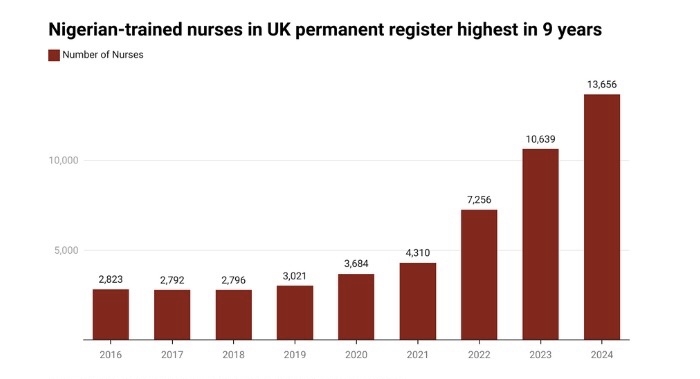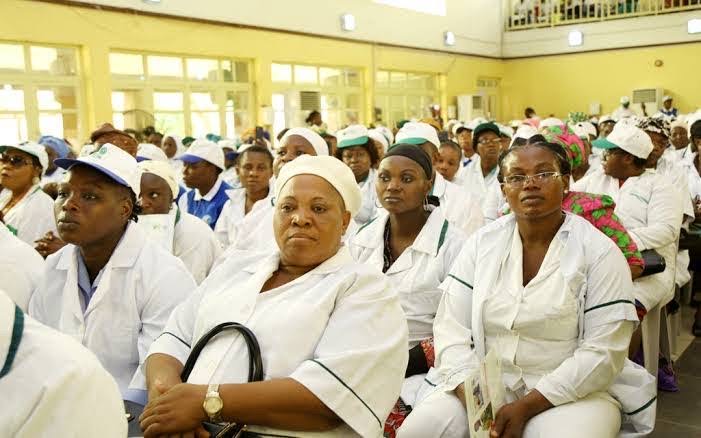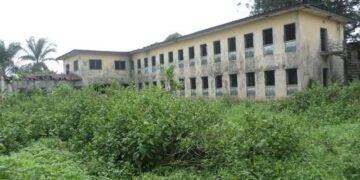
A recent report by the UK’s Nursing and Midwifery Council (NMC) showed that up to 13,656 Nigerian-trained nurses were registered in the 12 months to March 2024, a 28% increase compared to 10,639 in the same period in 2023.
More Nigerian-trained nurses are taking their professional exams in Nigeria and submitting their results abroad.
The figures reflect the highest immigration rate of Nigerian-trained nurses to the UK in nearly a decade, with Nigeria the third-highest receiving country from overseas, after India and the Philippines, who had 62,413 (up 28.9 percent) and 49,092 (up 7.9 percent) registered.
More nurses, midwives, and nursing assistants have been registered with the NMC this year than ever before, taking the total to 826,418. This represents a 4.8 percent increase in the number of registered skilled workers compared to 12 months ago and an 18.4 percent increase compared to five years ago.
“These record numbers are welcome given the challenges of increasing demand for health and social care services, changing needs, and workforce pressures,” the NMC reported.
During the 2020 COVID-19 pandemic, the UK saw a surge in demand for healthcare workers, leading to detailed plans to increase the number of nurses in the country by 50,000 by 2025. The government offered registered professionals an extra £5,000 in living support, and the Health and Care Professional visa was introduced to encourage international applications during the same period.
These attractive packages continue to lure many nurses away from Nigeria, where health professionals suffer poor working conditions as the country’s health facilities struggle to meet the medical needs of a saturated population.

According to the National Association of Nigerian Nurses and Midwives (NANNM), Nigeria’s nurse-patient ratio is 88 nurses per 100,000 Nigerians, or 1:1,135, lower than the World Health Organization’s (WHO) recommendation of 83:10,000. There is one caregiver for about 120 patients.
In terms of registered midwives, NANNM reported a ratio of 60 midwives per 100,000 patients, or 1:1,666. This is a far cry from the WHO-recommended figure of 2.5 midwives per 1,000.
Despite the Department of Health and Social Care’s code of practice asking employers in the sector not to actively recruit from “red list” countries with health workforce shortages, including Nigeria, the UK continues to see an influx of Nigerians to fill the shortage and its own deficiencies.
“We continue to see proportional rises in first-time joiners from several ‘red list’ countries from which active recruitment is not permitted,” the NMC reported. Looking at year-on-year growth, the number of foreign applicants has increased by over 18% year-on-year.
The organization said the continued rise in the number of internationally educated midwives joining this year is due to initiatives by the National Health Service (NHS), including the NHS England Maternity International Recruitment Programme, which is part of the NHS England Maternity Workforce Programme.
In a bid to retain its talent for longer, the Nursing and Midwifery Council of Nigeria (NMCN) is now requiring applicants seeking verification from foreign nursing bodies such as the NMC and related boards to practice in Nigeria for two years after their licenses. The move has since been debated among nurses and health professionals in the country.

































